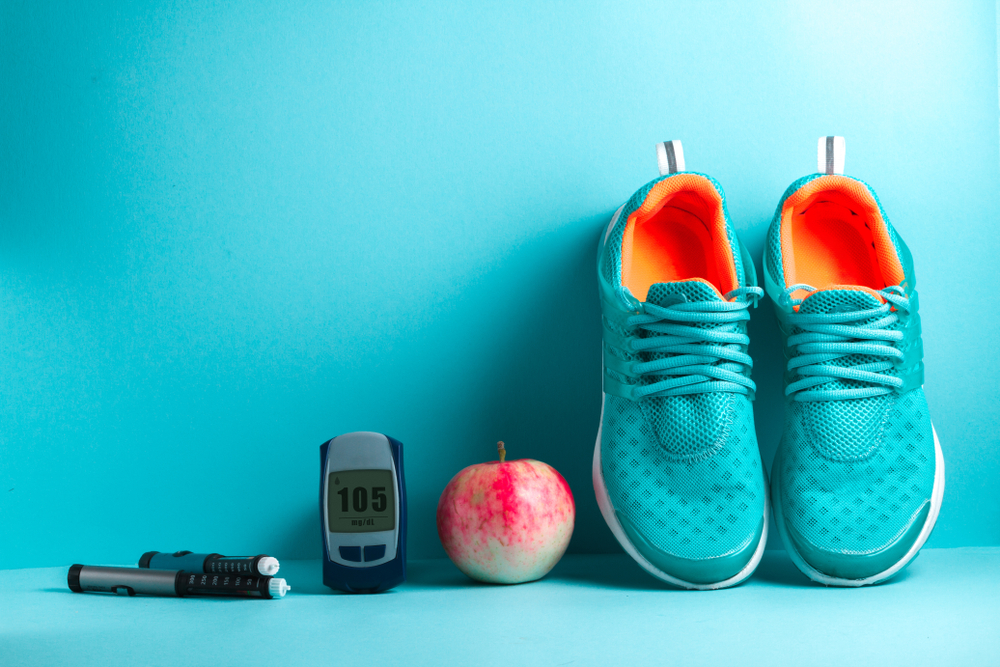The Facts About Diabetes

Diabetes is a disease in which an individual’s body uses sugar insufficiently. On the most basic cellular level, sugar’s an important nutrient for the cells to make energy. For those with diabetes, there is an imbalance in the insulin level present in the blood stream. Patients with diabetes account for approximately 14% of total physician office visits nationwide. As of 2018, the Centers for Disease Control and Prevention estimated that 34.2 million Americans (10.2%), had diabetes.
In addition, roughly 7.3 million of these people are unaware that they have diabetes. Diabetes was the seventh leading cause of death in the United States in 2017. Globally, about 463 million adults were living with diabetes in 2019. Insulin is a hormone that the body uses to help pull sugar into cells, so that cells can make energy. Whether someone has Type I or Type II diabetes, there’s too much sugar in the blood stream, which can have a number of effects on the body. In this post, we’ll explore the basic facts surrounding diabetes to give you a fuller understanding of its symptoms, treatments and more.
This post was originally published on October 20, 2016, and has been updated on February 4, 2021 for accuracy.
Type I & II: Treatments
Physicians treat Type I diabetes through insulin injections or an insulin pump. Additionally, they’ll couple this with routine carbohydrate counting and blood sugar checks. On the other hand, for Type II diabetes, there are some necessary medications. However, most of the treatment involves monitoring what the individual eats, and how many carbohydrates they ingest.
In the case of diabetes, it’s very important to recognize that drugs alone won’t do the trick. Many people who take drugs and monitor glucose levels still see their diabetes become affected.
Diabetes & Exercise
Generally, what most don’t understand, and which doctors don’t disclose, is that exercise is the most effective treatment for diabetes. In particular, aerobic exercise is the most important. After eating a carb-heavy meal, blood sugar spikes. Additionally, studies show that if this person walks on a treadmill for 20 minutes at a comfortable pace, their blood sugar levels would return to normal. Increasing aerobic activity will lead to a healthier heart and stronger body. As a result, this can ease the effects of diabetes on the body. Of course, it’s important to drink water and maintain hydration throughout any exercise.
In some cases, a sufficient amount of exercise has been shown to reverse diabetes (type II). Therefore, a shift towards a more active and preventative lifestyle can have a dramatic influence on the progression of a very deadly, easily treatable disease. In addition, it can help you become healthier, stronger and more active.
Conclusion – Farmingdale Physical Therapy West
Of course, like numerous other ailments and injuries, physical therapists can help those with diabetes participate in safe and effective treatment programs. These all-natural stretches and exercises can actually help to lower the body’s blood sugar levels. Additionally, a physical therapist can help you improve mobility, perform numerous activities and provide pain relief.
To make an appointment with a physical therapist, contact Farmingdale Physical Therapy West today!

